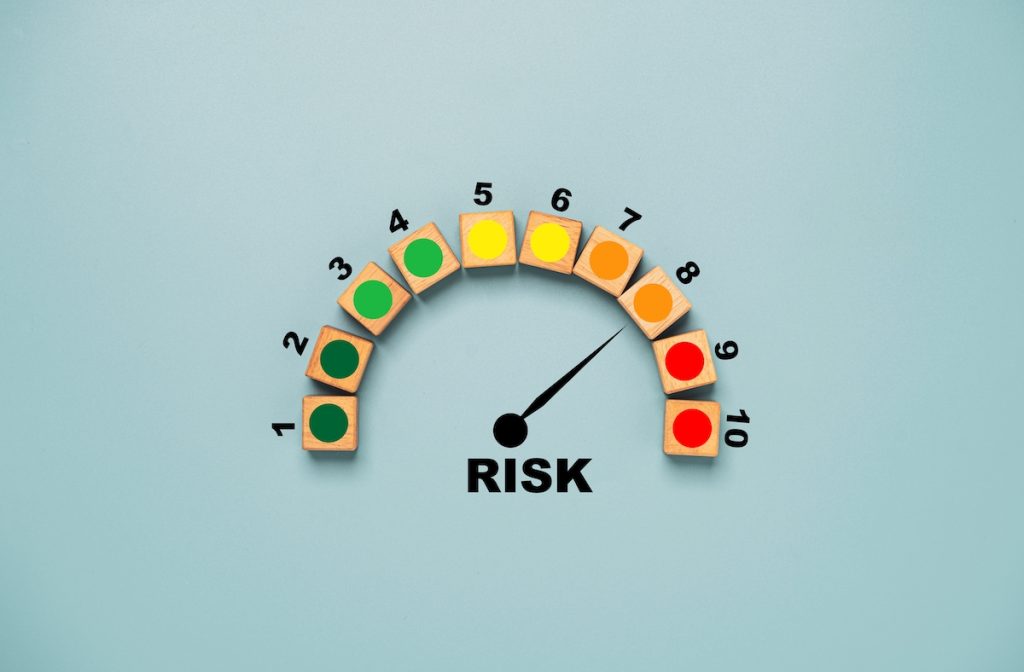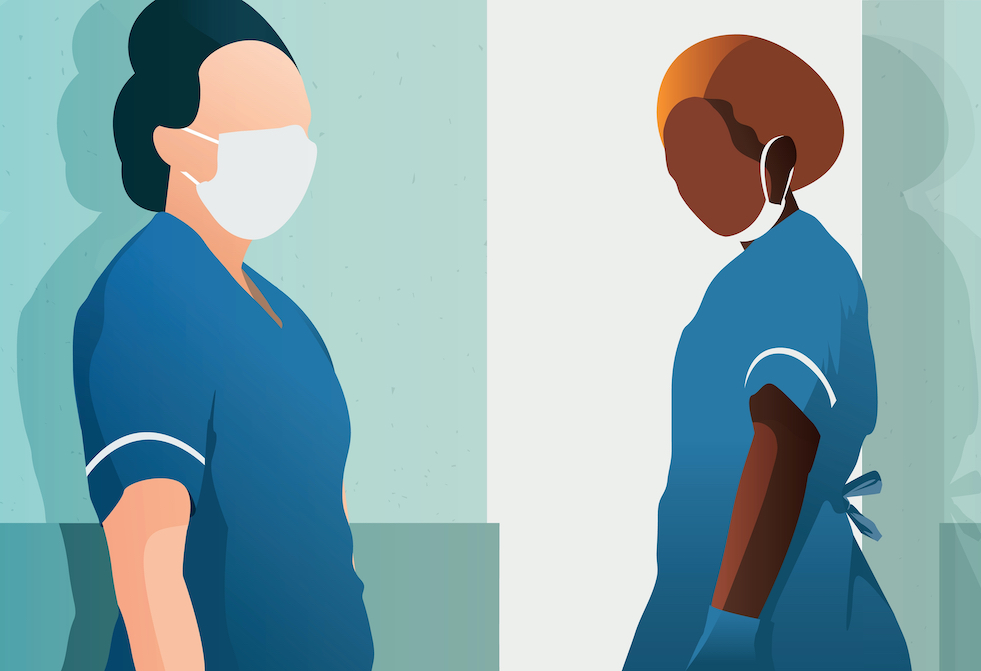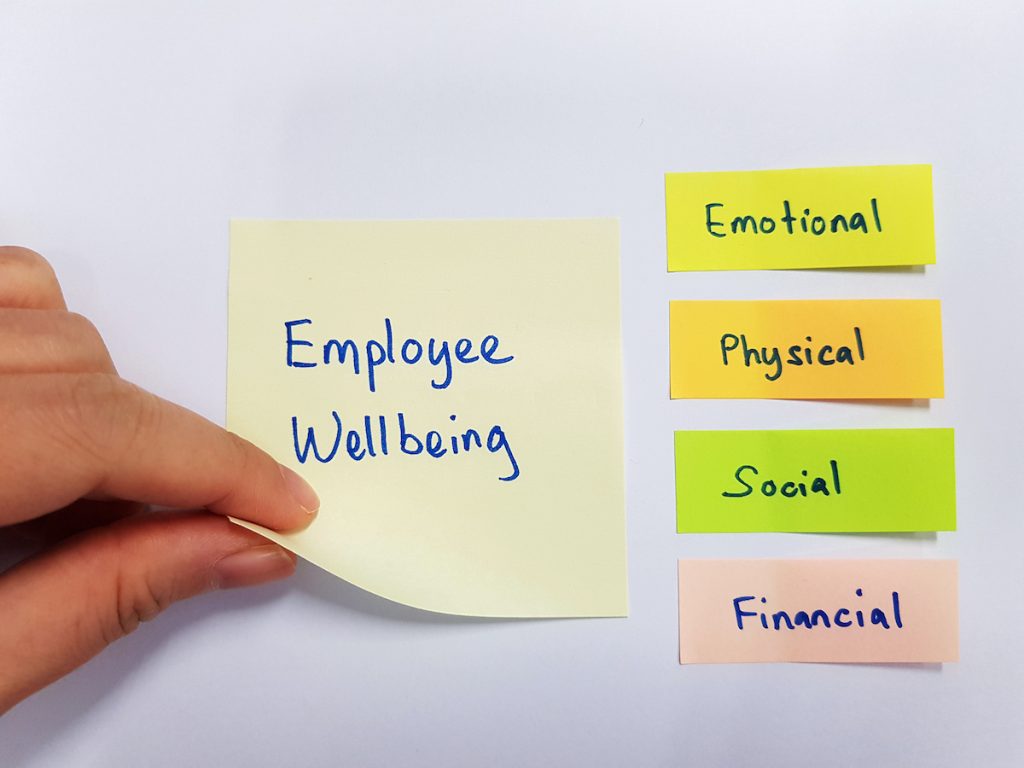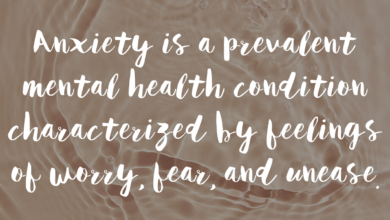urgent attention needed according to new systematic review

For each year between 2010 and 2020, an average of over 6,200 people in the UK took their own lives (The National Confidential Inquiry into Suicide and Safety in Mental Health, 2023). This loss will have been felt keenly by the many thousands of family members, friends and colleagues who remain. Reflecting its public and mental health significance, multiple Mental Elf blogs have appeared over the years focusing on up-to-date research in the areas of suicide and self-harm, with recent examples exploring the relationships between the therapeutic alliance, psychosis and suicide, the risks of suicide amongst people with severe physical health problems and suicide risk amongst young LGBTQ+ people.
In this paper, Groves et al. (2023) set out to systematically bring together what is known about suicide, self-harm and suicidal thinking in nurses and midwives, and to simultaneously synthesise the evidence relating to contributory factors and interventions. As they note, part of the context for their study is a longstanding concern that the risks of suicide amongst nurses are elevated relative both to the general population and to other occupational groups (The National Confidential Inquiry into Suicide and Safety in Mental Health, 2020).

The potential of elevated risks of suicide amongst nurses compared to the general population and other occupational groups is a longstanding concern.
Methods
With the intention of improving on previous reviews which the authors identify as having had methodological and/or other shortcomings, in this study the aim was to synthesise the evidence from existing research on suicide, suicidal thinking and suicidal behaviours in nurses and midwives. The review also aimed to draw out implications for prevention, and to make recommendations for further investigation.
Having previously published their protocol on PROSPERO, the international prospective register of systematic reviews, Groves et al. (2023) opened with the interrogation of three databases (CINAHL, Medline and PsycINFO) in the search for all relevant empirical papers, using any design, published in the English language from 1996 onwards. Detailed search strategies are included in a supplementary file.
In the main paper, information is given on the additional strategies used to identify material along with an account of how items were screened and how data from included papers were extracted. Quality assessment involved use of the Mixed Methods Appraisal Tool (Hong et al., 2018), with a narrative approach used to the synthesis of findings.
Results
A clearly labelled PRISMA flow diagram shows how a total of 100 studies were finally included in the review, with the majority using quantitative methods and the single largest number (40) coming from North America. Study quality varied, with only a small number addressing interventions to reduce the risks of suicide.
Forty-five of the 100 studies from around the world examined the prevalence of suicide. Evidence from numbers of these indicated increased risks of suicide for nurses (and midwives, where these were included in studies) compared to the general population and to some other occupational groups. Evidence from some included studies also indicated that nurses taking their own lives were more likely than other occupational groups and the general population to have experienced prior mental health problems. As in the general population, substance misuse and physical ill-health were also found to be risk factors for suicide, with actual or potential job loss also identified as a risk factor in some studies.
Twenty-one studies investigated the methods used in suicide completion, and 36 of the included studies focused on self-harm, suicidal behaviour and suicidal thinking. Chronic illness, debt and experience of mental health difficulties were amongst the factors associated with nurses’ self-reporting of suicidal thoughts and behaviours.
Studies investigating suicidal thinking were characterised by variety in terms of approaches taken to measurement and the time period for assessment, with some evidence of burnout and depression being associated with suicide ideation. In addition to a series of studies explicitly examining suicidal thoughts and behaviours in the context of the Covid-19 pandemic, only three of the 100 included studies focused on interventions to prevent suicidal behaviour in nurses. These described and explored a US model combining an education element, risk screening, and counselling combined with onwards referral.

Experiences of mental health problems, substance misuse, chronic illness, and debt are associated with elevated risk of suicide in nurses.
Conclusions
Concluding their evidence review, Groves et al. (2023) note that:
Recent research continues to show that nursing professionals, especially females, are at increased risk of suicide, warranting further research attention.
Given the limited number of studies included in this review introducing and evaluating preventative interventions to reduce the risks of suicide in nurses and midwives makes studies of this type a pressing priority.

The authors underline that female nurses are at increased risk of suicide and further research attention is required.
Strengths and limitations
This is an important, well-designed and clearly written systematic review, which is reported with reference to PRISMA standards. There is clarity around search strategies, how data were extracted, the quality of included studies was appraised, and how included material was themed and synthesised.
One limitation, noted by the author team, is the inclusion only of items written in the English language. Relevant research in other languages will therefore not have been located. The searching of only CINAHL, Medline and PsycINFO is a further limitation. Scrutiny of additional databases, beyond these three (e.g., Embase, and the Health Management Information Consortium), may have led to the identification of further studies. Searches for grey literature published in local reports, evaluations and theses, in addition to journal papers, might also have strengthened the comprehensiveness of the review, as would further searching efforts to find unpublished studies.

This systematic review identifies the need for preventative interventions to reduce suicide risks for nurses and midwives.
Implications for practice
The elevated rate of suicide amongst nurses and midwives which this systematic review confirms demands urgent attention. This is particularly so, as Groves et al. (2023) write, because of the number and variety of factors associated with this raised risk. These include prior contact with health (including mental health) services, previous self-harming, substance misuse and both interpersonal and workplace difficulties.
Opportunities for suicide risk assessment exist in the primary and secondary care settings where nurses and midwives receive their own support and treatment. Modifiable workplace factors directly or indirectly increasing the risks of suicide and/or suicidal behaviour and thinking present themselves as important targets for intervention. Overload, fear of job loss and burnout all demand action by service managers and clinical leaders with the aim of improving the everyday practice environments in which nurses and midwives carry out their work.

Service managers should aim to improve the workplace environment, prevent burnout, and support targeted mental health interventions for staff.
Statement of interests
Ben Hannigan declares no conflicts of interest.
Links
Primary paper
Groves, S., Lascelles, K. & Hawton, K. 2023. Suicide, self-harm, and suicide ideation in nurses and midwives: A systematic review of prevalence, contributory factors, and interventions. J Affect Disord, 331, 393-404.
Other references
Hong, Q. N., Fàbregues, S., Bartlett, G., Boardman, F., Cargo, M., Dagenais, P., Gagnon, M.-P., Griffiths, F., Nicolau, B., O’Cathain, A., Rousseau, M.-C., Vedel, I. & Pluye, P. 2018. The Mixed Methods Appraisal Tool (MMAT) version 2018 for information professionals and researchers. Education for Information, 34, 285-291.
The National Confidential Inquiry into Suicide and Safety in Mental Health 2020. Suicide by female nurses: a brief report, Manchester, University of Manchester.
The National Confidential Inquiry into Suicide and Safety in Mental Health 2023. Annual report: UK patient and general population data, 2010-2020, Manchester, University of Manchester.
Source link
#urgent #attention #needed #systematic #review

